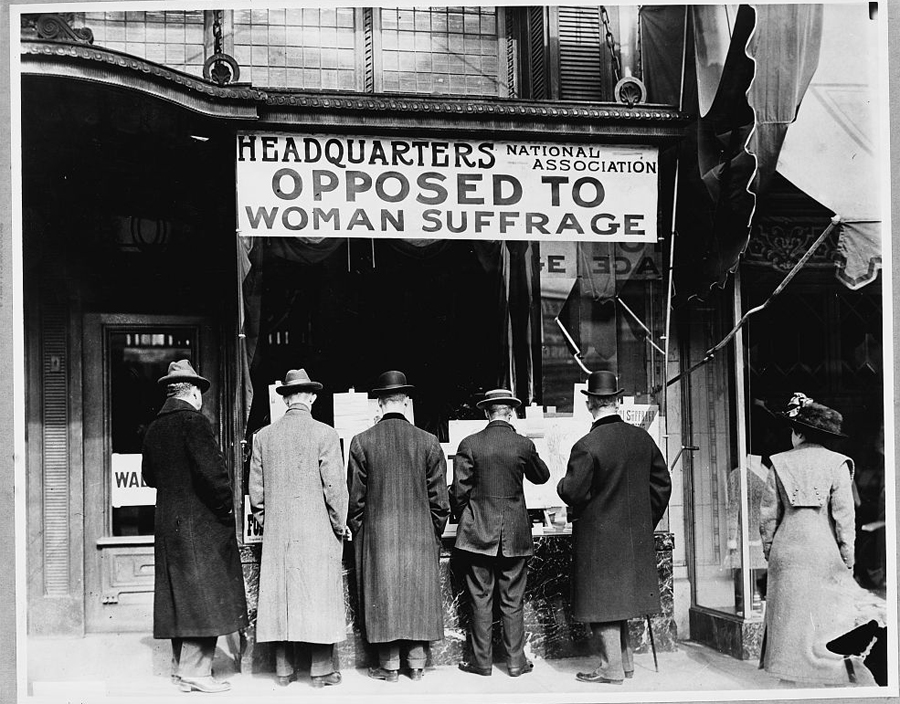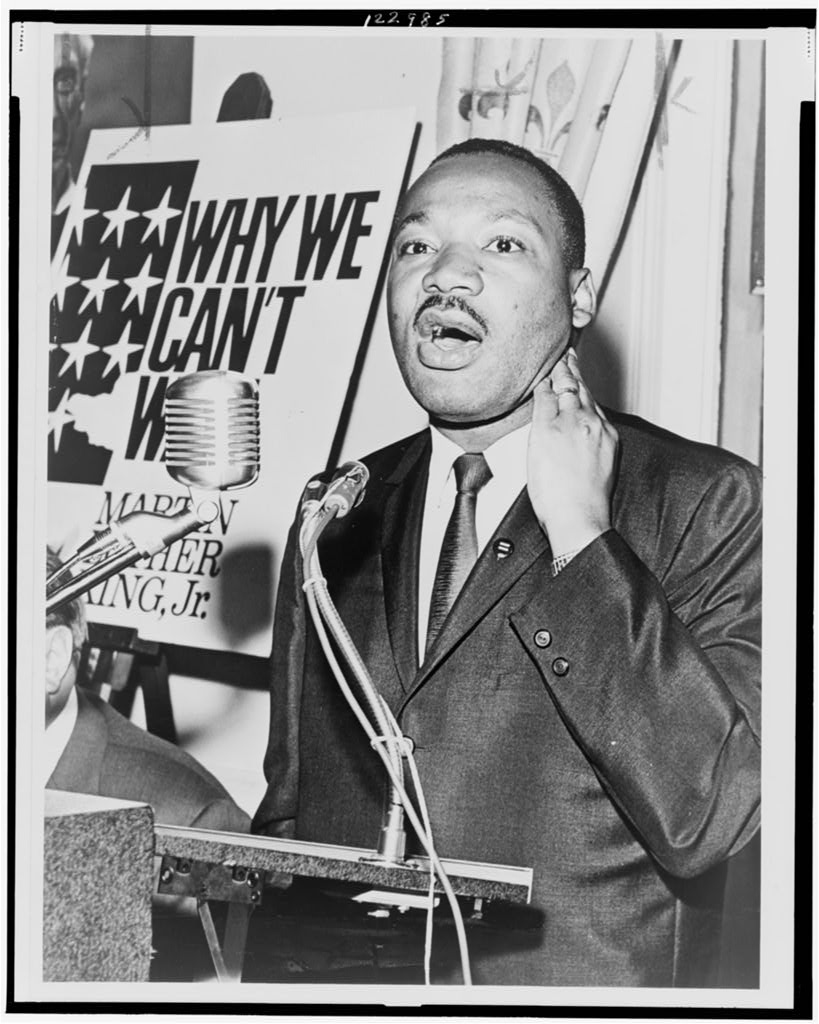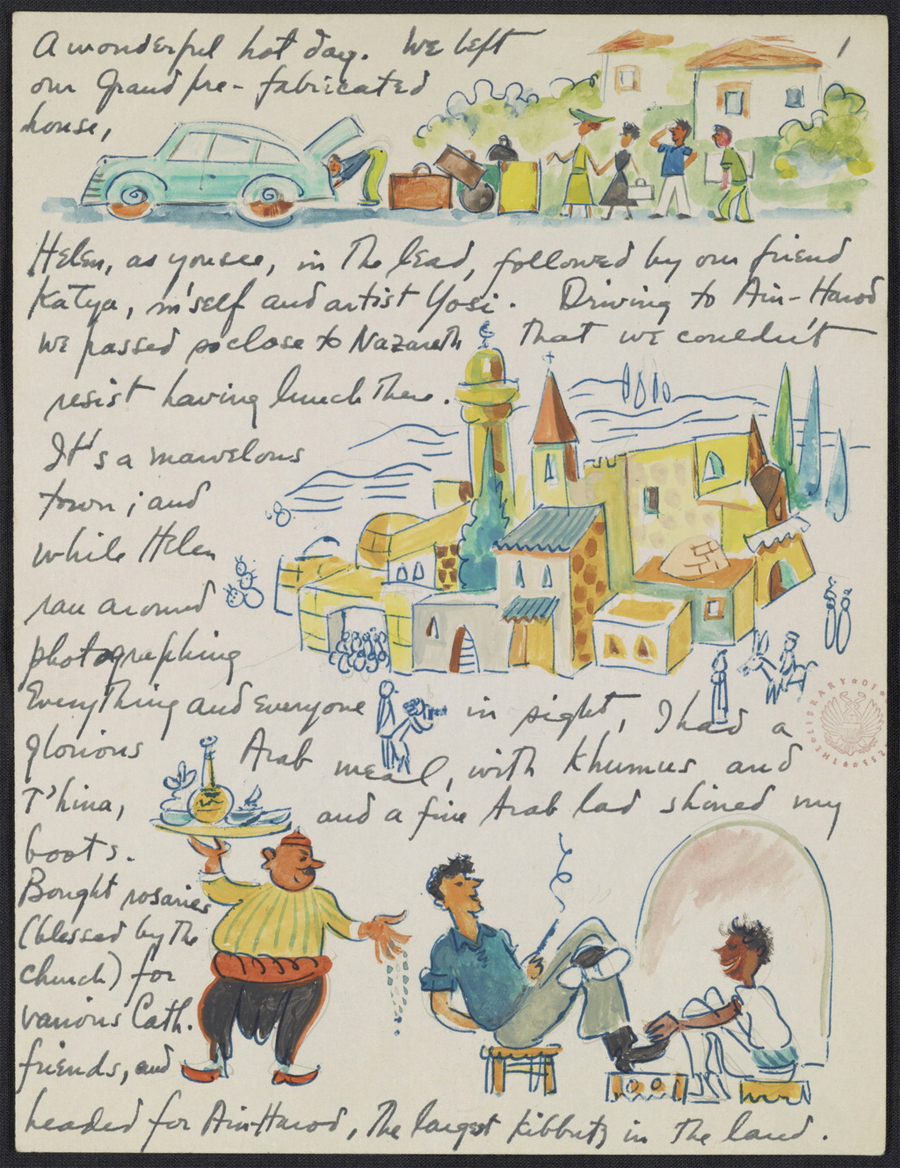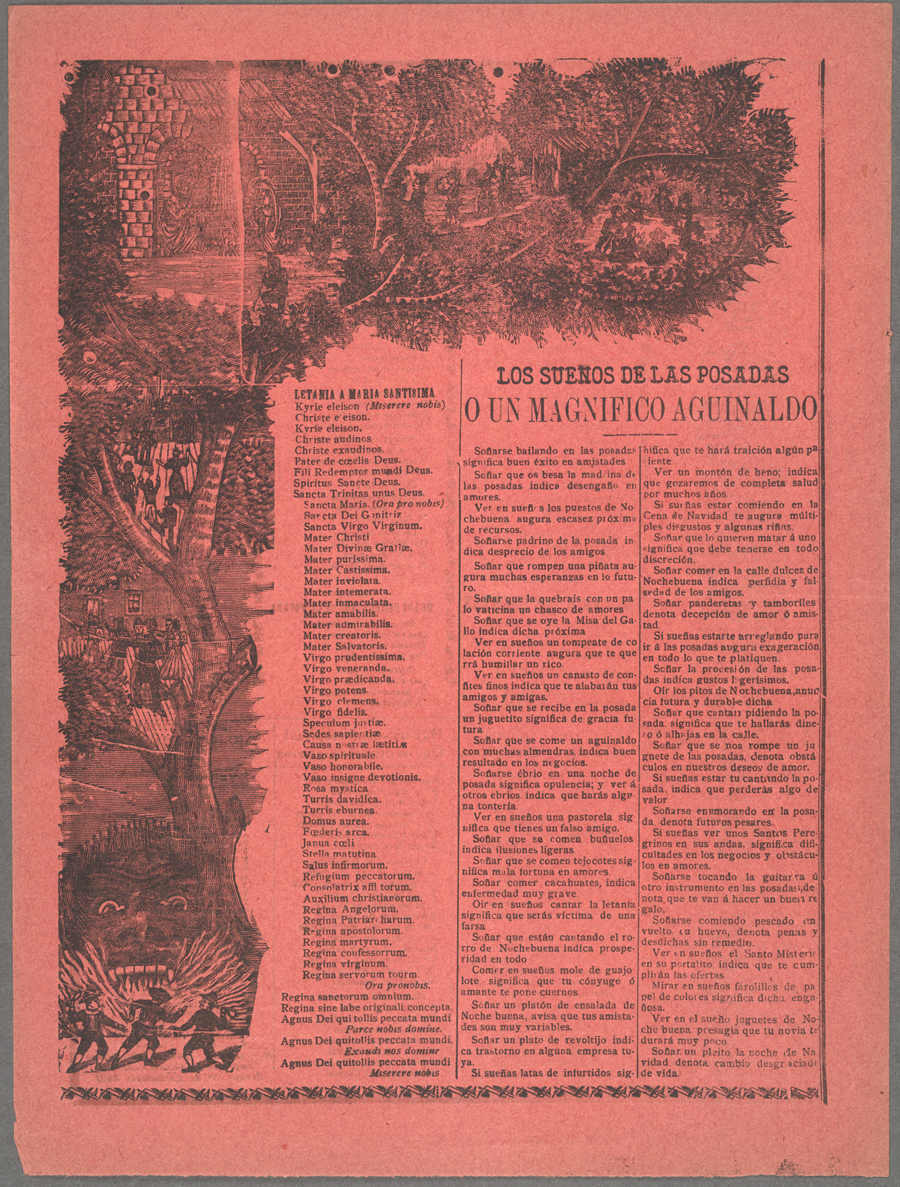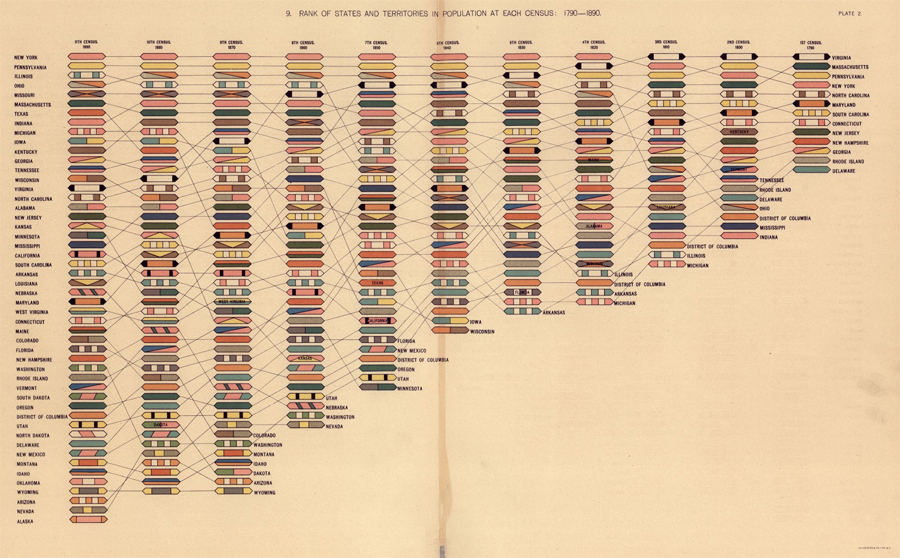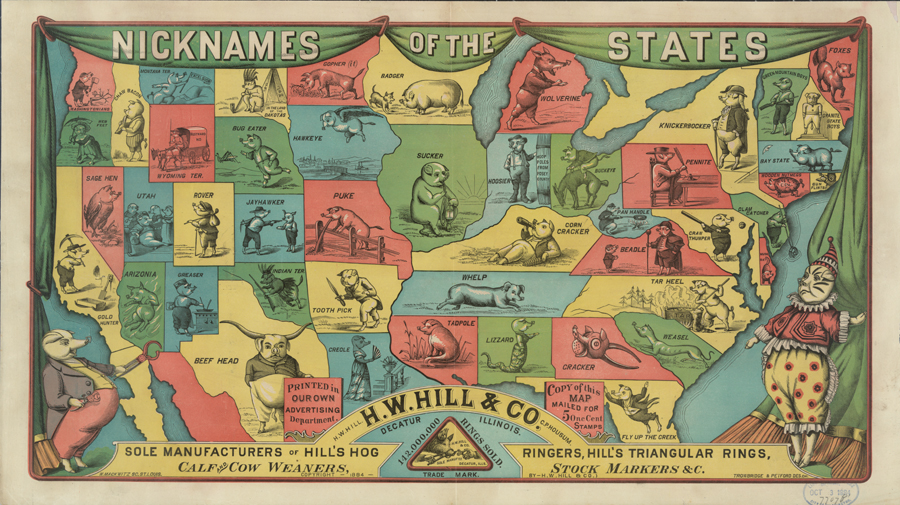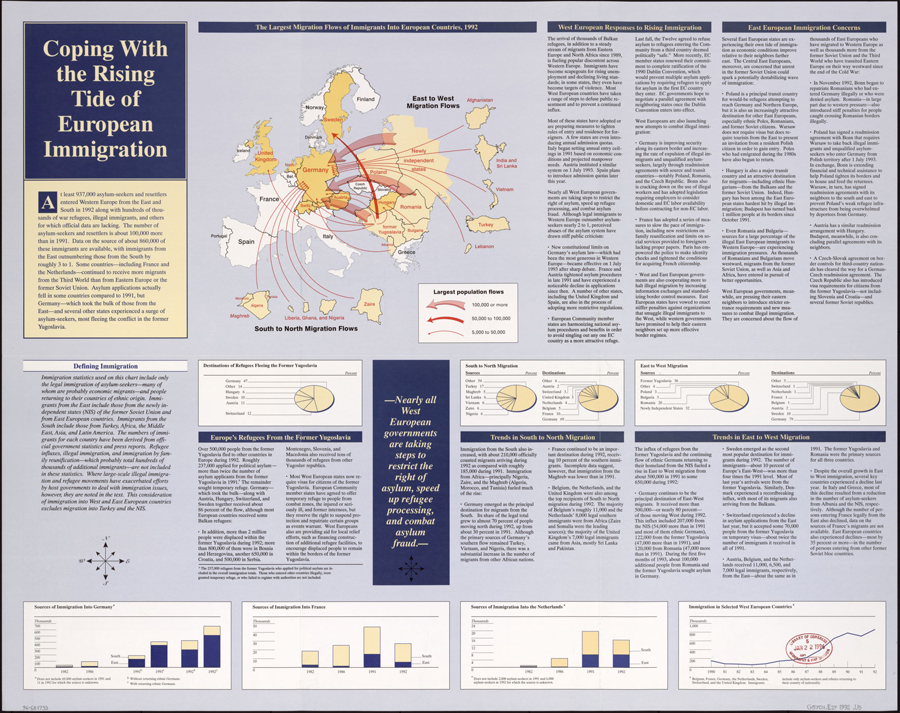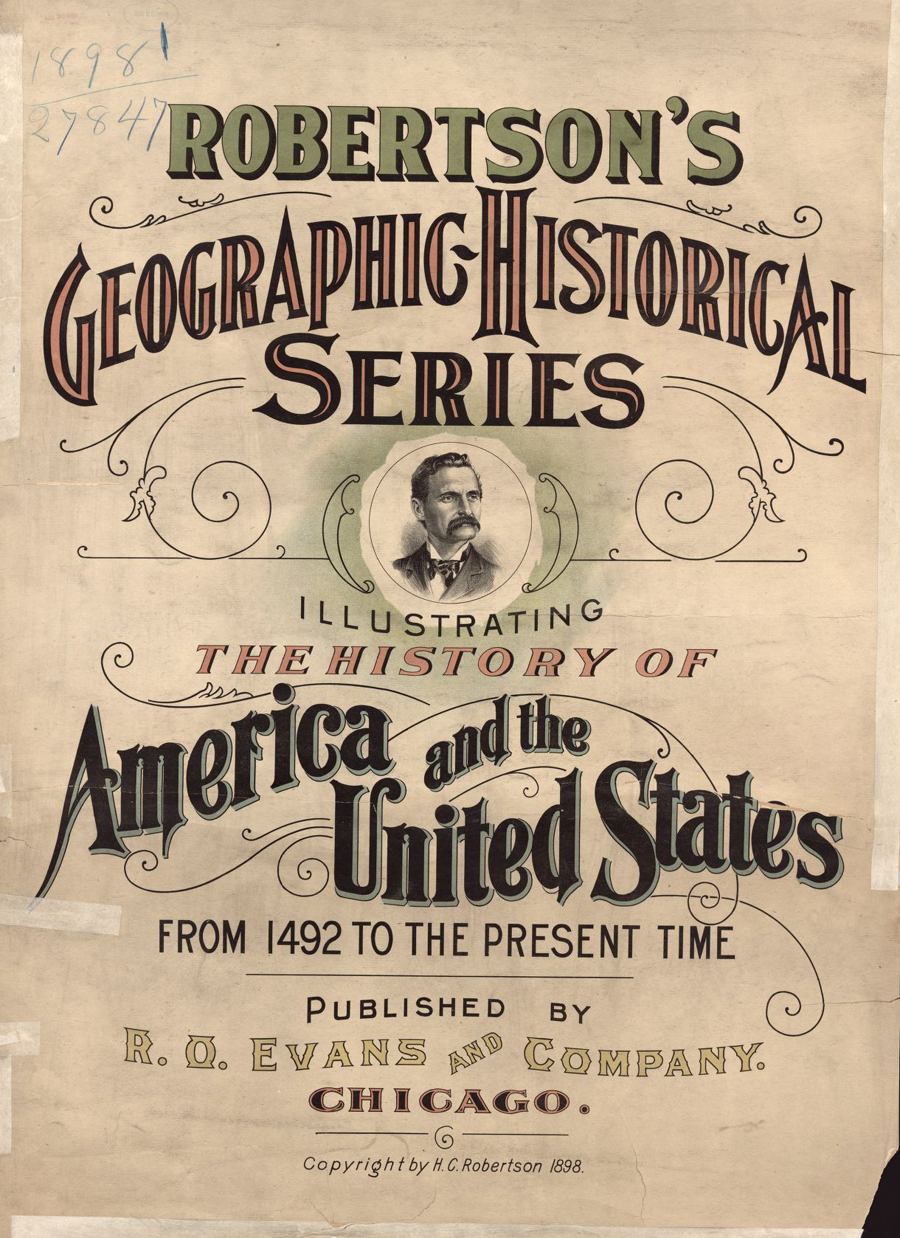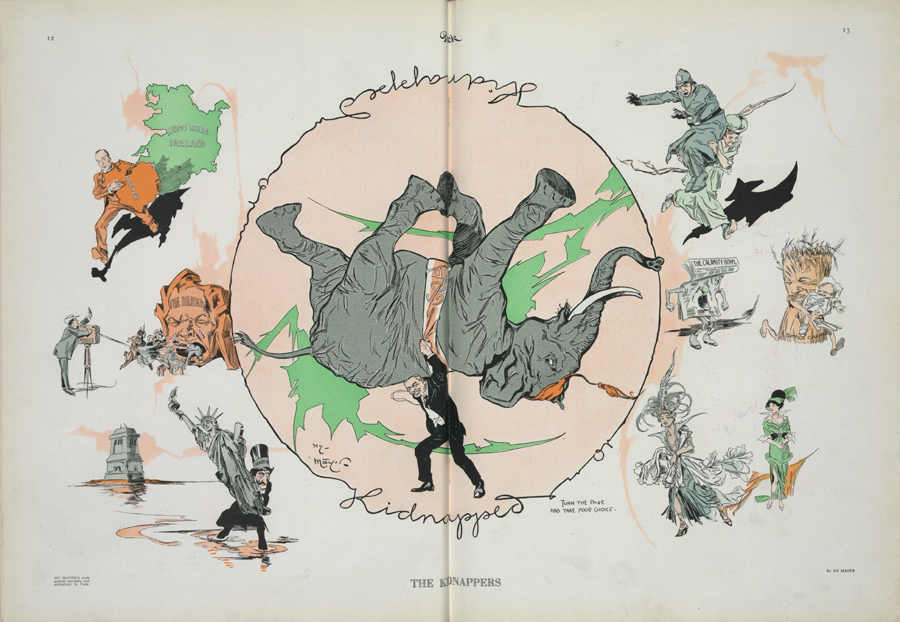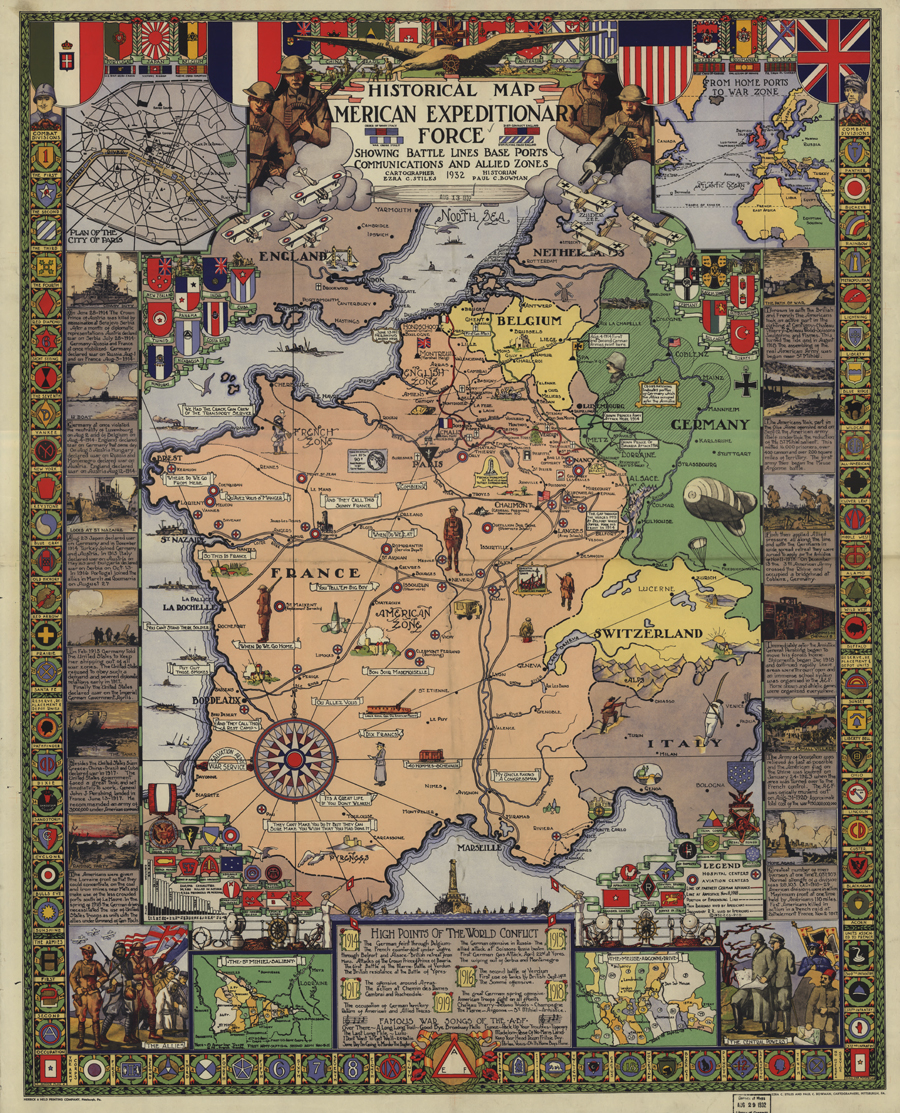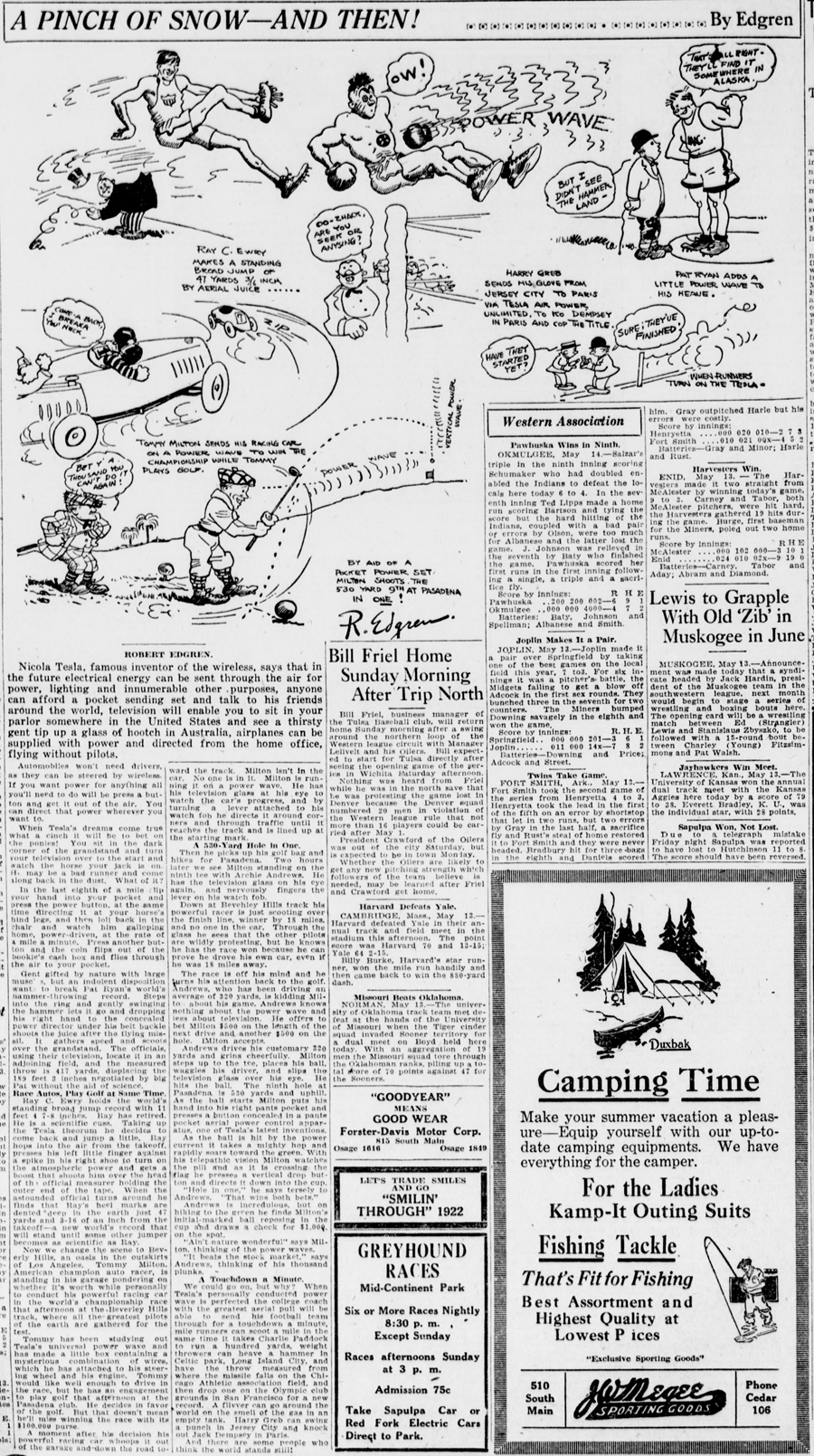Guided Primary Source Analysis: National Anti-Suffrage Association
Look carefully at all the elements included in this scene. What do you think the photographer wanted the audience to think and feel? Be sure to back up your conclusion with evidence from the image. Choose two sources (see links below) to review. What arguments did they make against woman suffrage. Use what you learned…

